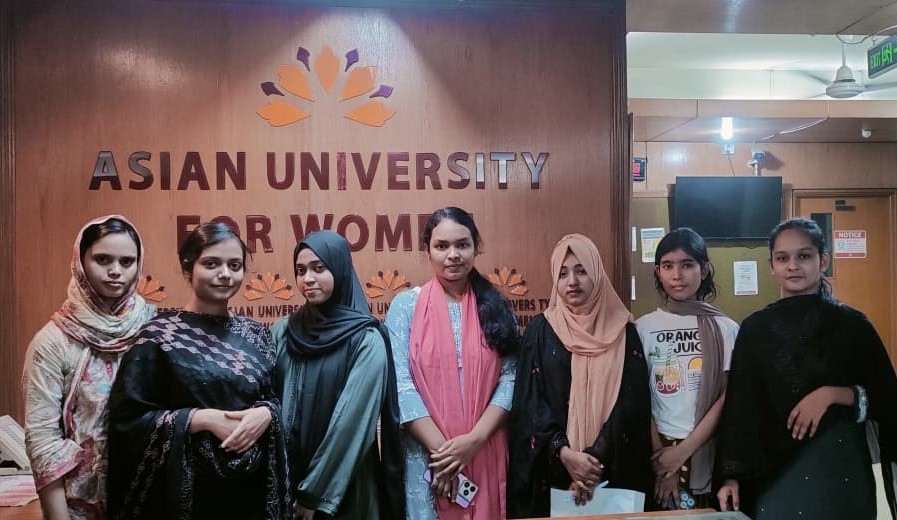Is Bangladesh garment industry losing its shine?
The answer will be ‘yes’ if seen in the context of the latest export growth pattern. Yet there is an optimistic view that expects the industry to maintain its second position, after China, in the global apparel market for many years to come. However, even the staunchest optimists have now become skeptical about the prospect of achieving the $50 billion apparel export target by the year 2021.
When Bangladesh’s RMG exports were at their peak, the average annual growth rate was 15-16%. In the year 2013, the growth rate was nearly 19%. However, it came down to only 4.2% in 2014 after the two major industrial accidents in the sector. The situation improved in the next year with export growth hovering at around 8.0%. The growth maintained an identical trend in 2016. The industry owners might think otherwise, but the fact remains that the sector is currently in the midst of a phase marked by sluggish growth. There is no denying that some major industrial accidents, namely, the Rana Plaza collapse and the Tazreen Fashion fire, had some damaging effects on the industry, in terms of both business growth and global reputation.
The US importers pay higher duty (15.61%)to procure RMG products from Bangladesh than from China (3.08%), Vietnam (8.38%), India (2.29%) Turkey (3.57%) and Indonesia (6.30%).
But it has not taken too long for the local apparel industry to recover from the shock. With support from the government and the buyers, a large number of apparel units have upgraded their safety conditions of their workplaces. Though the industry owners do have some reservations regarding the platforms of the buyers from the North America and Europe Union countries, substantial progress has been made in the factory remediation work in the meanwhile. The remedial measures were taken at the insistence of the buyers and the industry owners were required to spend a substantial amount for the purpose. However, the buyers instead of compensating the Bangladeshi exporters are, in fact punishing them. They are allegedly offering less than before for the imports from Bangladesh. This, by any count, is highly unfair.
Though the country’s apparel unit owners have been putting up a brave face, the global market situation is not that favorable for them at the moment. Two recent developments in particular – UK’s decision to leave the EU and Donald Trump taking over of the US presidency – have made the situation even tougher for Bangladesh. Bangladesh has to negotiate deals bilaterally prior to Britain’s final exit from the EU and if the new US president implements his electoral promise to impose higher import duty on foreign goods to save jobs for his own countrymen, Bangladesh’s RMG exports will suffer. The US importers pay higher duty (15.61%) to procure RMG products from Bangladesh than from China (3.08%), Vietnam (8.38%), India (2.29%) Turkey (3.57%) and Indonesia (6.30%). Furthermore, Bangladesh has been gradually losing to some other Southeast Asian competitors, Vietnam in particular, in apparel exports to the US market. The Trans-Pacific Partnership (TPP) Trade Agreement would have given Vietnam further edge over many other apparel exporting countries but with Donald Trump deciding against joining the deal, the prospect of formally launching the TPP appears bleak. So, the possibility of Bangladesh’s competitors getting any immediate advantage in its major export destinations is removed as of now.
Notwithstanding the fact that the Bangladeshi apparel exporters could not make any notable headway in the production of high-end products, they have demonstrated unusual resilience and ingenuity to cope with the difficult situations created by external as well as domestic factors at various times. Even during the periods marked by severe political troubles, they produced goods in their units as per orders from their buyers and shipped consignments on the dot, thus, maintaining the growth momentum of the industry.
There is no denying that the main factor which has kept Bangladesh afloat in the global apparel market is the low-wage of its workforce. The cost of labor involved in the production of a denim shirt in Bangladesh is only 22 cents. But the same in the USA costs nearly $7.5. It has, however, become rather difficult for it to remain in business banking on this particular factor. Some other countries have come up with labor wages closer to that of Bangladesh. On top of this, they have other advantages such as higher labor productivity, better skill, and timely shipment. Experts have always emphasized on increasing labor productivity and moving on to the production of high-end products that would fetch higher export revenue but the local exporters are, apparently, not adequately motivated. As always, they are banking on the export of low-priced items like shirts, trousers, T-shirts and sweaters. It seems that they are not interested in switching over to high-end products. This is possibly due to the fact that these products would require skilled workers who would, naturally, demand higher wages.
The industry owners might think otherwise, but the fact remains that the sector is currently in the midst of a phase marked by sluggish growth. There is no denying that some major industrial accidents, namely, the Rana Plaza collapse and the Tazreen Fashion fire, had some damaging effects on the industry, in terms of both business growth and global reputation.
The industry owners, as it appears, are comfortable with their present product lines which only require unskilled workers. Moreover, skilled laborers needed for producing high-end products are not readily available. The industry and its stakeholders have never tried to create a large pool of workers having the skills necessary to produce high-end products. Competing in the high-end product market would be a new experience and fresh challenge that the industry owners are, by and large, unwilling to take up. This issue needs to be addressed.
They have to keep mind that China became the largest apparel exporter in the global market, producing both high-end and low-end products. It is still the number one and will continue to hold the position for many more years to come. China was forced to withdraw from the production of low-end products, primarily due to wage hikes. Such withdrawals, in fact, made room for countries like Bangladesh, enjoying the advantage of cheap labor, to fill the vacuum left behind by China. But Bangladesh, too, would not be able to hold on to its current position as demand for wage hikes are slowly increasing. With the buyers unwilling to pay more for low-end items, the local industry people are increasingly facing a difficult time. So, it seems prudent for them to gradually switch to better revenue fetching high-end products. It would be, however, not out of place to note that the local value addition of RMG products has made notable progress since the industry people are eager to add value to their export merchandise. There was a time when the rate of local value addition to apparel products was 30 to 35%. It is now more than 75%. The use of local fabrics has increased, but not up to the desired level. Most other accessories are being produced locally by the backward linkage industries.
It is for sure that the global demand for food and clothes would continue to increase as long as the world exists. So, there will always be a global apparel market. Only efficient producers selling quality goods at competitive prices will hold on to the attention of the buyers. Hopefully, Bangladesh will be one of such producers in the years to come.
The writer is a senior journalist. He can be reached at zahidmar10@gmail.com















